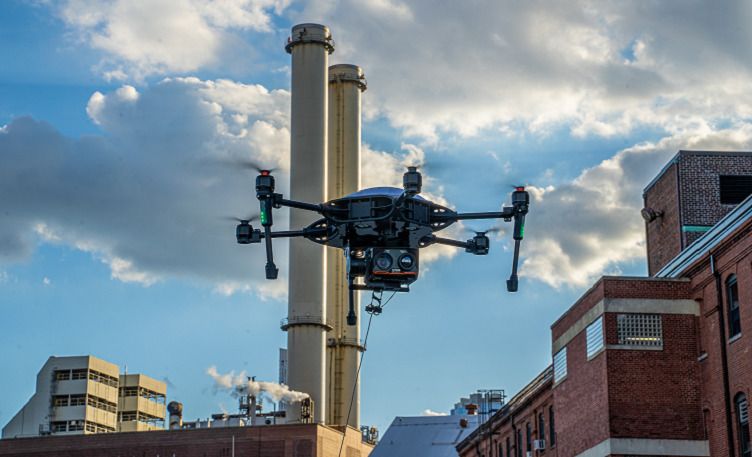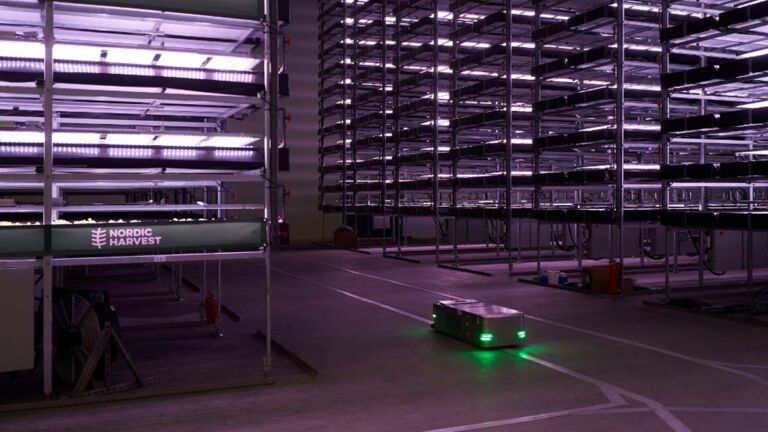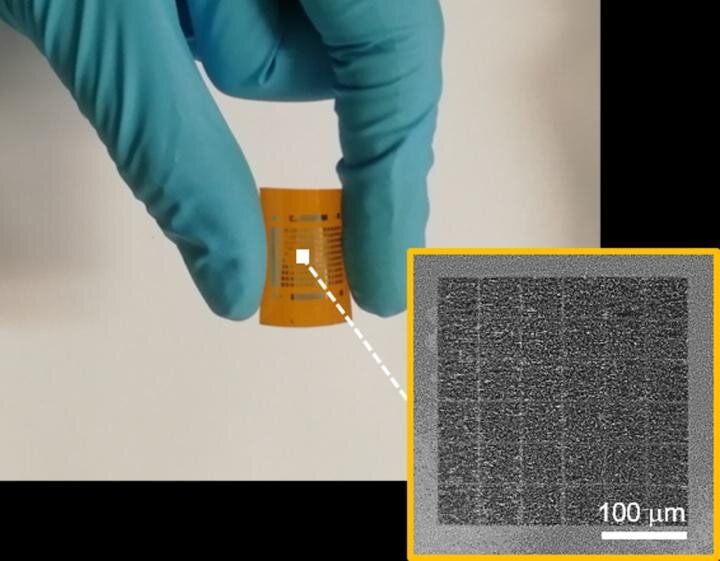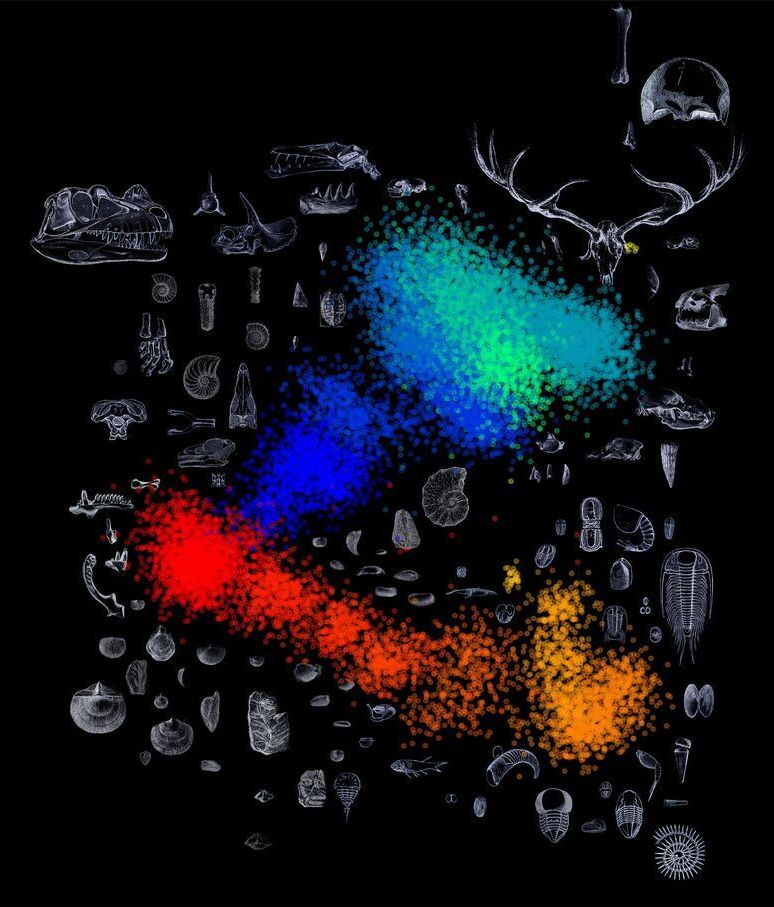I just read an incredible post about Transhumanism by Francesco Neo Amati, CM of Transhumanism: The Future of Humanity.
What an excellent representation of how pragmatic and collaborative our community can be. People like Francesco Neo Amati are the reason why I call myself a Transhumanist…
“Community Announcement:
The following will address the purpose of our community as outlined in the Pinned Post and to dispel common misconceptions of Transhumanism by clarifying what it is and what it isn’t.
I have no desire in being a ‘leader’ in the Transhumanism community. I merely hope to be and remain a credible educator/resource, passionate advocate, and a voice of reason for the movement.
ICYDK:
I’m the founder and CM of our community. I started it in 2014 after being interested in Transhumanism since 2010, which complemented my passion for the philosophy of Self-Actualization/Transcendence (i.e. Maslow’s Hierarchy of Needs, Bruce Lee’s Self-Actualization, Nietzsche’s Ubermensch, Plato’s Realm of Forms, Aristotle’s Metaphysics on Being/Becoming, Emerson’s Transcendentalism, etc.).







